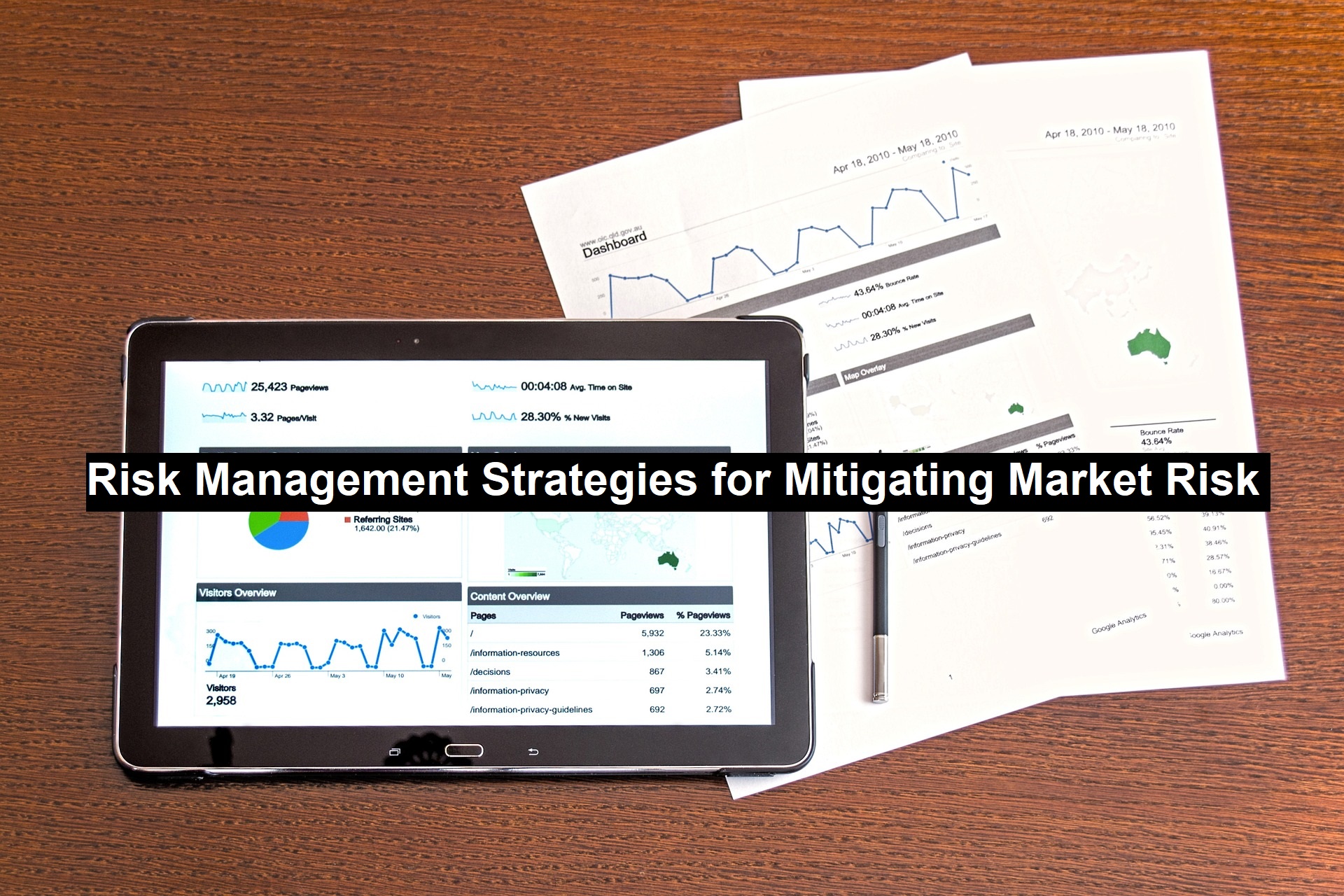Risk Management Strategies for Mitigating Market Risk
Market risk, the possibility of experiencing losses due to factors that affect the overall performance of financial markets, is a critical concern for investors and financial professionals. Understanding how to effectively manage this risk is essential for safeguarding investments and achieving long-term financial goals. This article explores various risk management strategies designed to mitigate market risk, providing insights and practical approaches for investors.
Understanding Market Risk
Market risk encompasses several dimensions, including equity risk, interest rate risk, and currency risk. Equity risk refers to the potential for losses due to fluctuations in stock prices, while interest rate risk arises from changes in interest rates that can affect bond prices and overall market conditions. Currency risk, on the other hand, relates to the impact of exchange rate movements on the value of investments in foreign currencies. Each of these risk types can significantly influence investment outcomes.
Several factors contribute to market risk, including economic indicators such as GDP growth, inflation rates, and unemployment figures. Political events, like elections and policy changes, can also create volatility in the markets. Additionally, market sentiment, driven by investor behaviour and news cycles, can lead to sudden shifts in asset prices, further heightening market risk. Find more info to get started.
Risk Assessment Techniques
To effectively manage market risk, investors must first assess their exposure to it. One widely used method for quantifying risk is Value at Risk (VaR). This statistical technique estimates the potential loss in value of an asset or portfolio over a defined period for a given confidence interval. While VaR provides valuable insights into possible losses, it does have limitations, such as assuming normal market conditions and not accounting for extreme events.
Stress testing is another important technique used to evaluate how an investment portfolio might perform under extreme market conditions. This involves simulating various adverse scenarios, such as a market crash or a rapid increase in interest rates, to understand the potential impact on portfolio performance. By preparing for worst-case scenarios, investors can better position themselves to withstand market turbulence.
Scenario analysis complements these techniques by allowing investors to explore the effects of specific events on their portfolios. By defining various scenarios—such as significant economic downturns or geopolitical crises—investors can assess how these changes might influence their holdings and prepare accordingly.
Read: Navigating a Career Change: Finding Your Path Forward
Diversification Strategies
Diversification is a fundamental principle of risk management that aims to spread risk across a range of investments. The rationale behind diversification is straightforward: by holding a mix of assets that react differently to market conditions, investors can reduce the overall risk of their portfolio. This can be achieved through various forms of diversification, including asset class diversification, geographical diversification, and sector diversification.
Asset class diversification involves investing in a mix of asset types, such as stocks, bonds, and real estate. This approach helps mitigate the impact of poor performance in any single asset class. Geographical diversification extends this concept by including investments in different regions or countries, which can help reduce exposure to localised economic downturns. Sector diversification, meanwhile, entails spreading investments across various industries, which can protect against sector-specific risks.
Creating a diversified portfolio requires careful consideration of risk and return trade-offs. Investors must assess their risk tolerance and investment goals to determine the appropriate mix of assets. Tools such as portfolio optimization software can aid in achieving an optimal balance.
Hedging Techniques
Options provide the right, but not the obligation, to buy or sell an asset at a predetermined price within a specified timeframe. This flexibility can help investors mitigate losses while still participating in potential gains. Futures contracts, which obligate the buyer to purchase an asset at a set price on a future date, can also serve as effective hedging tools, particularly in commodity markets.
Implementing a hedging strategy requires identifying specific risk exposures within a portfolio and selecting appropriate instruments to counteract those risks. This process often involves ongoing monitoring and adjustments as market conditions change.
Behavioural Finance Considerations
Investor psychology plays a significant role in market risk management. Understanding behavioural finance—how emotions and cognitive biases influence decision-making—can help investors navigate the complexities of risk management. Common biases, such as overconfidence, loss aversion, and herd behaviour, can lead to irrational investment decisions that exacerbate market risk.
To mitigate these behavioural risks, investors can adopt strategies that promote rational decision-making. Setting clear investment goals, maintaining a disciplined approach, and seeking objective advice can help counteract the emotional impulses that often drive investment choices.
Conclusion
In a dynamic and often unpredictable market environment, effective risk management strategies are essential for mitigating market risk. By understanding the various dimensions of market risk and employing a combination of assessment techniques, diversification strategies, hedging methods, and asset allocation practices, investors can safeguard their portfolios against potential losses. Ongoing monitoring and a keen awareness of behavioural finance principles further enhance an investor’s ability to navigate market volatility. Ultimately, a proactive approach to risk management can lead to more informed investment decisions and greater long-term success.
